Anxiety, tension and uncertainty are running extremely high. — Reuters
SINGAPORE: The dollar was soft on Tuesday after a bruising quarter as investors braced for reciprocal tariffs from U.S. President Donald Trump this week, while the Australian dollar wobbled as the central bank left rates unchanged as expected.
The Reserve Bank of Australia said it was still cautious about the outlook, though it dropped an explicit reference to being cautious about cutting rates again. The RBA held interest rates steady at 4.1%.
The Aussie was little changed at $0.6248 after initially edging higher in a muted response to the policy decision. The currency had touched a four-week low of $0.6219 on Monday, though it eked out a 1% gain in the first quarter.
"The RBA's statement suggests they're inching towards their next cut, but in no rush to signal one ahead of the election or the quarterly inflation figures," said Matt Simpson, senior market analyst at City Index. Australia will hold a general election on May 3.
The RBA delivered its first rate cut in over four years in February but has since adopted a cautious tone on further easing, with Governor Michele Bullock and other top policymakers downplaying the likelihood of multiple cuts.
Investor focus has been firmly on the new round of reciprocal levies that the White House is due to announce on Wednesday, with details scarce. Trump said late on Sunday that essentially all countries will be slapped with duties this week.
That has left currency markets subdued as traders stayed on the sidelines awaiting clarity on Trump's trade policies. Trump has already imposed tariffs on aluminium, steel and autos, along with increased tariffs on all goods from China.
"The second quarter may bring with it as much uncertainty and volatility for investors as the first quarter of the year," said Anthony Saglimbene, chief market strategist at Ameriprise Financial.
"To date, there has been very little clarity on what and who these tariffs will target out of the gate. Market volatility could escalate depending on what and who is targeted."
The euro was steady at $1.0827 after gaining 4.5% in the first quarter of the year, its strongest quarterly performance since October-December in 2022, thanks mainly to Germany's fiscal overhaul, although some investors are sceptical of the bull run lasting longer.
The Japanese yen was 0.2% stronger at 149.62 per dollar on Tuesday. The yen rose nearly 5% against the dollar in the January-March period on growing bets that the Bank of Japan would hike interest rates again.
Data on Tuesday showed business sentiment among big Japanese manufacturers worsened in the three months to March, a sign escalating trade tensions were already taking a toll on the export-reliant economy and complicating the BOJ's next move.
Beyond tariffs, it is gearing up for a busy week with a string of economic reports, including jobs and payrolls data, that could shed much-needed light on how the U.S. economy is holding up under a second Trump presidency.
Federal Reserve Chair Jerome Powell and other central bank officials' speeches this week also could offer clues on the path for U.S. interest rates.
The dollar index, which measures the U.S. currency against six rivals, was 0.12% lower at 104.06. Sterling was 0.1% higher at $1.2931. The New Zealand dollar was 0.1% lower at $0.5673. - Reuters








































